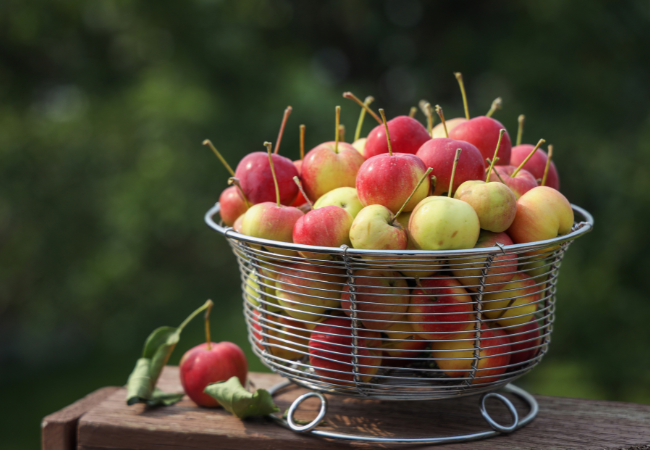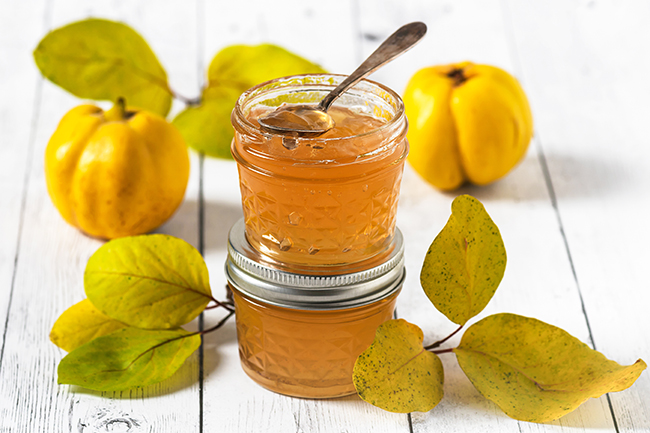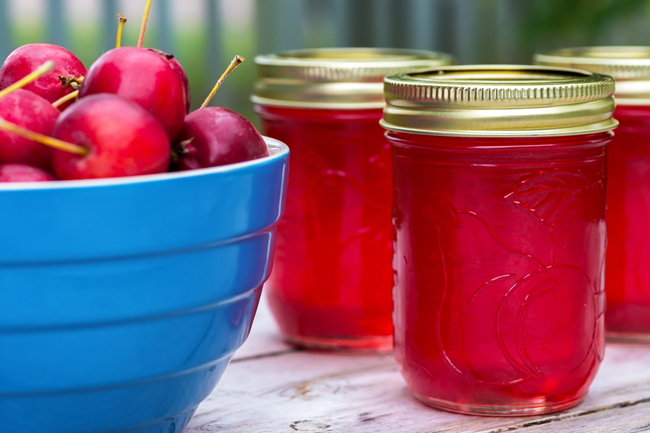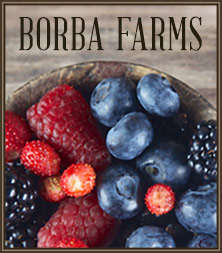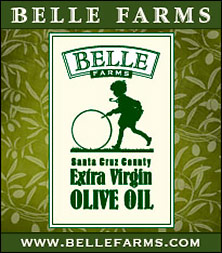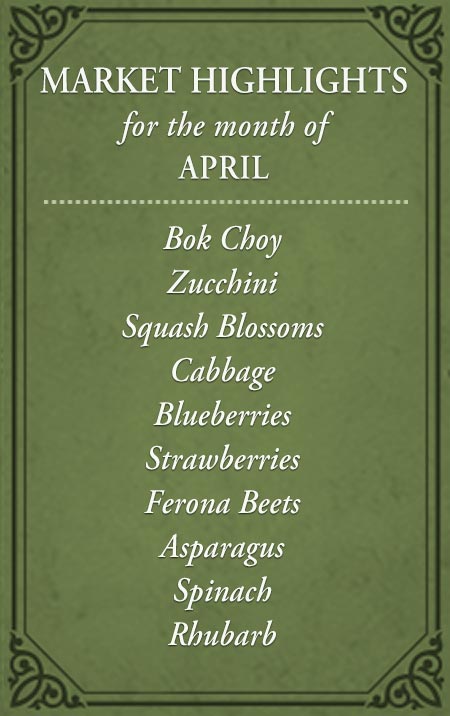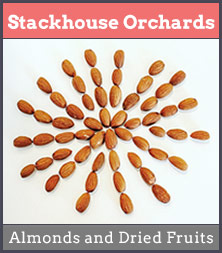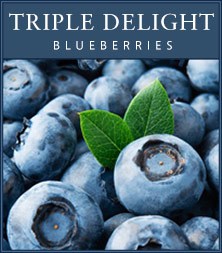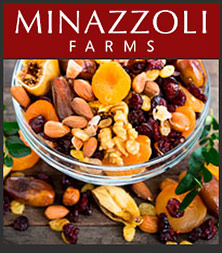Crabapples remind me of the “Lemon Tree” folk song by Peter, Paul, and Mary. For those too young to remember, the lyrics went —
But the fruit of the poor lemon is impossible to eat.”
From Sour to Savory: Making the Most of Crabapples
Straight from the tree, crabapples are rarely appealing because of their high tannin content. Yet, just as sugar transforms lemons into lemonade, it also coaxes out the bright, spicy flavor of crabapples. With a little help, these tiny fruits shine in:
- Jelly and preserves – their natural tartness balances the sweetness.
- Pickles – whole crabapples make unique, tangy pickles.
- Pies and baked goods – often blended with sweeter apples.
- Cider and wine – adding depth and tannin to homemade brews.
Because flavor alone isn’t the best ripeness guide, the trick to knowing when crabapples are ready is to slice one open—if the seeds are brown, the fruit is ripe.
Nature’s Pectin Powerhouse
One of the reasons crabapples are so popular for jelly-making is their naturally high pectin content. Many varieties require no added pectin at all. However, pectin levels do vary: if your batch seems reluctant to set, simply cook it longer.
A quick way to test pectin strength in crabapple juice is with a spoon-and-plate test:
- Cook your jelly until it reaches 220°F.
- Place a small spoonful onto a chilled plate.
- Let it sit for a minute—if it wrinkles or gels when nudged, it’s ready.
- If it stays runny, simmer a few minutes longer and test again. And if it never quite sets? You’ll have a delightful crabapple syrup, perfect for pancakes, waffles, or even cocktails.
Jewel-Toned Beauty
The final magic of crabapple jelly is its color. Depending on the variety, your jelly may range from golden amber to brilliant ruby red. For the most vibrant red hues, choose fruit with deeply colored skins—or, if needed, brighten a paler jelly with a drop or two of food coloring.
Classic Crabapple Jelly
INGREDIENTS:
3 – 4 pounds firm, ripe, crisp crabapples
4 cups sugar
METHOD:
To Make the Juice
Sort, wash and remove stem and blossom ends; do not peel or core. Cut crabapples into small-sized chunks. Place apples into a large pot and add 3 cups of water, cover and bring to a boil on high heat. Stir to prevent scorching. Reduce heat and simmer for 20 minutes, or until crabapples are soft and tender.
Note — do not overcook; excess cooking will destroy the pectin, flavor, and color.
When the fruit is tender, strain the apple mixture through a double layer of dampened cheesecloth or a damp jelly bag. Suspend the bag over a bowl or pan, using a stand or colander to hold the bag. Drain the juice without pressing or squeezing, which will cause cloudy jelly.
You should have about 4 cups of juice.
To Make the Jelly
Combine 4 cups of crabapple juice with 4 cups of sugar in a wide, large pot and bring to a boil. Cook until it reaches 220°. Test the jelly set using the cold plate method explained above.
Lade jelly into 6 sterilized half-pint jars, leaving 1/4 inch headspace. Cap jars with lids and bands and process in a hot water bath for 10 minutes to seal. Remove the jars carefully from the water bath canner and place them on a towel-lined counter. Allow to sit undisturbed for 24 hours. Check for complete seals. (Refrigerate any jars that do not seal and use within a few weeks.)
Delicious Ways to Use Crabapple Jelly
- Use crabapple jelly as you would any other jelly — spread on toast, scones, or biscuits.
- Warm slightly and brush onto grilled pork chops or a pork roast.
- Melt the jelly and use it as a glaze for apple or pear tart or a bread pudding.
- Serve as a condiment with pâté or a cheese platter.
For printable version of Crabapple Jelly, click here.


